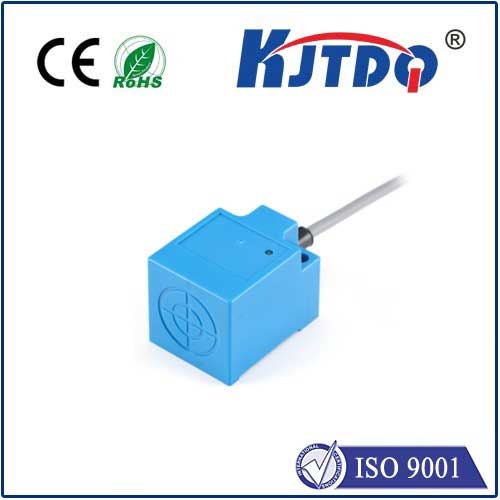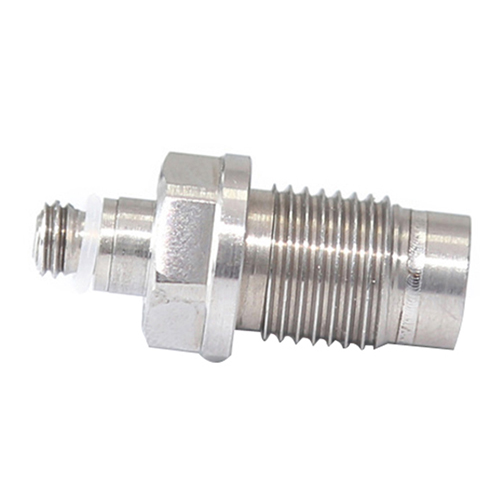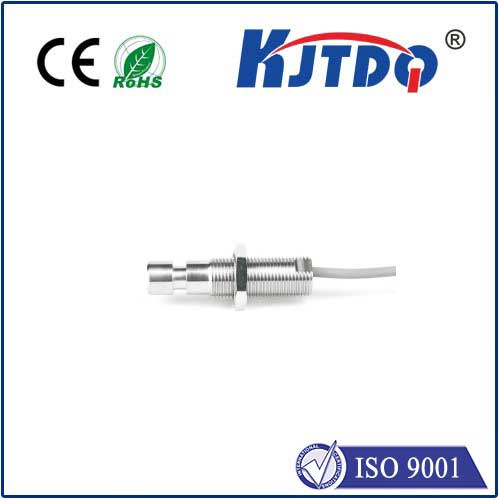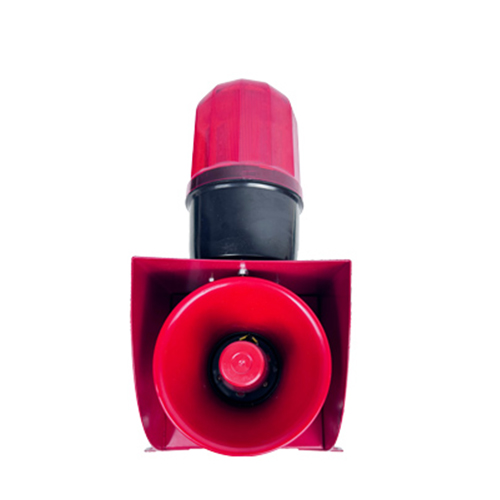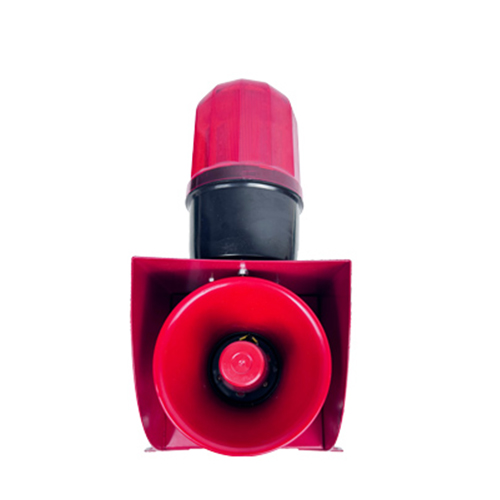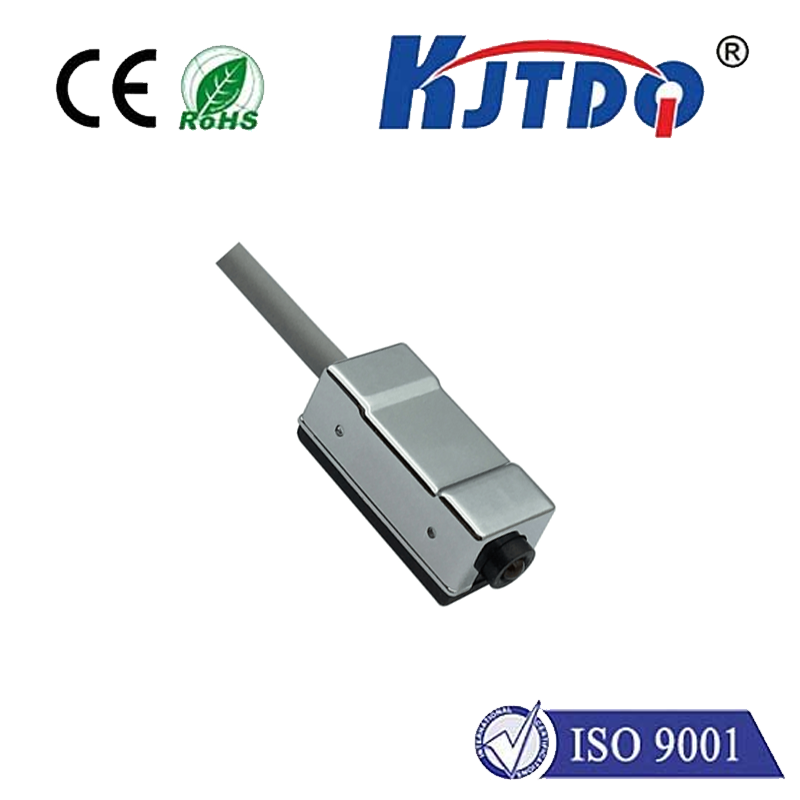hall sensor
- time:2025-08-21 01:48:28
- Нажмите:0
Hall Effect Sensors: The Magnetic Field Masters Powering Modern Technology
Open your smartphone, start your car, or use your laptop – chances are high you’ve interacted with a Hall sensor multiple times today without even realizing it. These remarkable, ubiquitous components, formally known as Hall Effect sensors, are the silent workhorses translating the invisible world of magnetic fields into precise, reliable electrical signals. Understanding their principle and diverse applications reveals just how foundational they are to countless modern devices and systems.
Unlocking the Hall Effect: The Core Principle
The magic behind Hall sensors lies in a fascinating physical phenomenon discovered by Edwin Hall in 1879: the Hall Effect. Imagine a thin strip of conductive material – let’s say a semiconductor. When an electrical current flows through it lengthwise and a magnetic field is applied perpendicularly to the direction of this current flow, something remarkable happens. The magnetic field exerts a force on the moving charge carriers (electrons or holes) within the material.
This Lorentz force deflects the charge carriers towards one side of the conductor. This accumulation of charge on one side creates a measurable voltage difference across the width of the conductor, perpendicular to both the current flow and the magnetic field. This induced voltage is the Hall Voltage (V_H). Crucially, the magnitude of V_H is directly proportional to the strength of the applied magnetic field and the current flowing through the material. This fundamental relationship forms the bedrock of Hall sensor operation.

From Voltage to Signal: Key Hall Sensor Types
Hall sensors harness the Hall Effect, but they rarely output the raw Hall Voltage directly. Instead, they incorporate sophisticated signal conditioning circuitry integrated onto the same semiconductor chip (making them ICs - Integrated Circuits). This circuitry amplifies the tiny V_H, provides temperature compensation for stability, and shapes the output into a usable form tailored for specific applications. The three primary categories of Hall Effect sensors are defined by their output behavior:
- Hall Effect Switches (Digital Output): These are binary sensors. When the magnetic field strength exceeds a predefined threshold, the output instantly switches from one state (e.g., OFF or LOW) to another (e.g., ON or HIGH). When the field drops below another (sometimes the same) threshold, it switches back. They are ideal for non-contact position sensing like detecting whether a door is open or closed (e.g., in laptops, washing machine lids), counting rotations (using a magnet on a spinning shaft), or presence detection.
- Hall Effect Latches (Digital Output - Bistable): Latches also provide a digital output but behave like a flip-flop. They require both a North and South pole magnetic field to change state. Applying a South pole field sets the output ON/HIGH. It remains latched in this state even if the magnet moves away until a North pole field is applied, resetting it to OFF/LOW. This latching behavior is perfect for commutating brushless DC (BLDC) motors – precisely determining the rotor position to electronically switch the motor windings in the correct sequence.
- Linear Hall Effect Sensors (Analog Output): Unlike switches and latches, linear sensors provide an output voltage that is continuously proportional to the strength of the magnetic field they experience. The output can increase or decrease voltage depending on the field polarity (North or South). This analog output makes them indispensable for non-contact measurement tasks requiring precision, such as measuring displacement (position of an object relative to a sensor), current (by measuring the field generated by current flow), fluid level (via a float magnet), or even non-contact potentiometers.
The Ubiquitous Influence: Where Hall Sensors Make a Difference
The ability of Hall sensors to operate contactlessly, reliably in harsh environments, and without wear makes them extraordinarily versatile. Their impact spans nearly every major industry:
- Automotive Industry Powerhouse: Modern vehicles brim with Hall sensors. They monitor crankshaft and camshaft position for engine timing, determine transmission gear position, measure wheel speed for ABS and traction control, detect pedal positions (especially brake pedal engagement), gauge throttle position, manage wiper position, and even sense power steering torque. Their robustness in handling temperature extremes, vibrations, and contaminants is critical here.
- Consumer Electronics & Computing: Flip covers on phones/tablets, laptop lid open/close detection, keyboard backlight activation, and joystick/controller positioning. Hall sensors enable compact, seamless user interfaces. Smartphone compasses often utilize them alongside other sensors.
- Industrial Automation & Control: Hall sensors enable precise position feedback for actuators, cylinders, and robotic arms. They are vital for speed sensing in motors and conveyors. Crucially, they form the core of non-intrusive current sensing devices (clamp meters, motor overload protection, battery management systems - BMS) by detecting the magnetic field encircling a current-carrying conductor. Flow meters utilize magnets on rotating vanes detected by Hall sensors.
- Proximity & Position Sensing: Beyond doors and lids, Hall sensors detect the position of moving parts in countless devices – printers, copiers, vending machines, security systems – where reliability and non-contact operation are paramount. Magnetic encoders for rotary position often rely on Hall sensors or related technologies.
- Emerging & Niche Applications: Brushless DC (BLDC) Motors fundamentally depend on Hall Effect latches or switches for electronic commutation. They find roles in medical devices, aerospace systems, energy harvesting devices, and increasingly within IoT (Internet of Things) sensors due to their low power consumption potential and reliability.
Why Choose Hall? Advantages Driving Adoption
Several inherent benefits solidify the Hall Effect sensor’s position as a preferred choice:
- Solid-State Reliability: No moving parts or physical contact required for sensing, leading to exceptional longevity and resistance to wear and tear.
- Non-Contact Operation: Sensing through non-magnetic barriers (plastic, aluminum, air gaps) enables versatile mounting and protects the sensor from harsh environments or contaminants.
- Robustness: Capable of operating effectively across a broad Диапазон температур and in the presence of dust, moisture, oil, and vibration – key for automotive and industrial settings.
- High Speed Operation: Capable of sensing very rapid changes in magnetic fields (kHz+ range), suitable for high-speed rotation counting and switching.
- Position Independence: While sensitivity varies, Hall sensors generally detect the strength and polarity of the magnetic field component perpendicular to their face, making absolute position less critical than with some other sensor types.
- Digital or Analog Output: Flexibility to integrate directly with both digital logic circuits (switches/latches) and analog measurement systems (linear sensors).
The Invisible Engine Driving Innovation
From enabling the smooth, efficient spin of a tiny drone motor to ensuring the precise timing of a high-performance car engine or providing the simple convenience of a smartphone knowing when its cover is closed, Hall Effect sensors are an indispensable technology woven into

